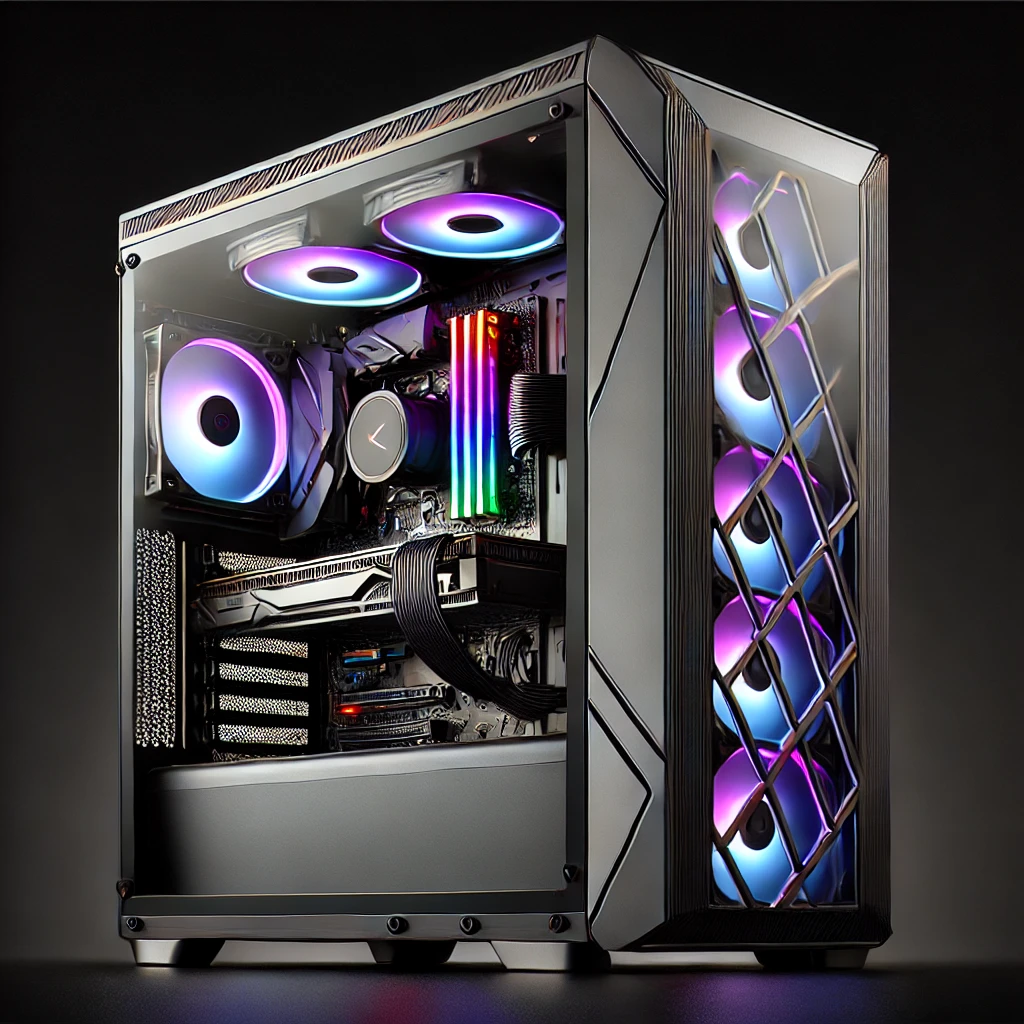Your cart is currently empty!
In today’s tech-driven world, understanding the various types of computer cables is essential. Whether you’re setting up a new system, troubleshooting an existing one, or just curious about how to connect your devices more efficiently, knowing your cables can make all the difference. Lithgow Tech Services brings you an insightful guide on the 10 most common computer cables and their uses.

1. HDMI Cable (High-Definition Multimedia Interface)
The HDMI cable is a staple in modern computing and entertainment systems. It transmits high-definition audio and video signals over a single cable, making it ideal for connecting computers to monitors, TVs, and gaming consoles.
2. USB Cable (Universal Serial Bus)
USB cables are ubiquitous in the computing world. They come in various forms, such as USB-A, USB-B, USB-C, and Micro USB, each serving different purposes like charging devices, transferring data, or connecting peripherals like printers and external hard drives.
3. Ethernet Cable
For a stable and fast internet connection, Ethernet cables are the go-to choice. These cables connect your computer directly to your router or modem, providing a more reliable connection than Wi-Fi, especially for high-bandwidth activities like gaming or streaming.
4. VGA Cable (Video Graphics Array)
Though increasingly less common due to the rise of HDMI, VGA cables are still used to connect computers to older monitors and projectors. They carry analog video signals and are known for their distinct 15-pin connector.
5. DVI Cable (Digital Visual Interface)
DVI cables are designed to transmit high-quality video signals. They are commonly used to connect computers to digital monitors and are particularly favored by gamers and graphic designers for their superior image quality compared to VGA.
6. DisplayPort Cable
DisplayPort cables are the advanced cousins of HDMI and DVI, offering higher bandwidth and capable of carrying audio, video, and other data. They are often used to connect high-end monitors and graphics cards.
7. Thunderbolt Cable
Popular in the Apple ecosystem, Thunderbolt cables offer high-speed data transfer and video output. They are often used to connect external hard drives, docks, and monitors, especially in professional creative work setups.
8. Audio Jack (3.5mm)
The 3.5mm audio jack, though simple, is essential for connecting headphones, speakers, and microphones to your computer. It’s a versatile connector found in most audio-related computer peripherals.
9. SATA Cable (Serial ATA)
SATA cables are used for connecting internal hard drives and solid-state drives to the motherboard. They are crucial for data storage and are a common sight inside computer cases.
10. Power Cable
Last but not least, the power cable is fundamental for providing electricity to your computer and its components. These cables vary depending on the type of power supply and the region’s electrical standards.
Conclusion
Understanding these cables can significantly enhance your experience with computers, be it for professional or personal use. At Lithgow Tech Services, we’re always ready to help you with all your computer cable needs, from selection to setup and troubleshooting.
-
 USB-A to USB-C White Cable 1m$15.00
USB-A to USB-C White Cable 1m$15.00 -
 LENOVO USB-C to Display Port Adapter$39.00
LENOVO USB-C to Display Port Adapter$39.00 -
 Simplecom USB-A Male to USB-C Female Adapter$25.00
Simplecom USB-A Male to USB-C Female Adapter$25.00 -
 Magentic Charging cable 3 in 1$25.00
Magentic Charging cable 3 in 1$25.00 -
 Micro USB to USB A 1m Cable$8.00
Micro USB to USB A 1m Cable$8.00 -
 USB A female to USB C male Adapter$5.00
USB A female to USB C male Adapter$5.00 -
 Astrotek 2m USB 3.1 USB-C to HDMI Adapter$45.00
Astrotek 2m USB 3.1 USB-C to HDMI Adapter$45.00 -
 Otterbox USB-C to Lightning 1m$30.00
Otterbox USB-C to Lightning 1m$30.00 -
 Oxhorn 40W AC Power Adapter USB-C Charger$89.00
Oxhorn 40W AC Power Adapter USB-C Charger$89.00
Discover more from LithGeek Custom Gaming Computers
Subscribe to get the latest posts sent to your email.
by
Tags:


